Reiki and cupping therapy
Reiki and cupping therapy are ancient practices that have gained attention in modern times for their potential health benefits. While many individuals report positive outcomes from these therapies, scientific research presents mixed findings.
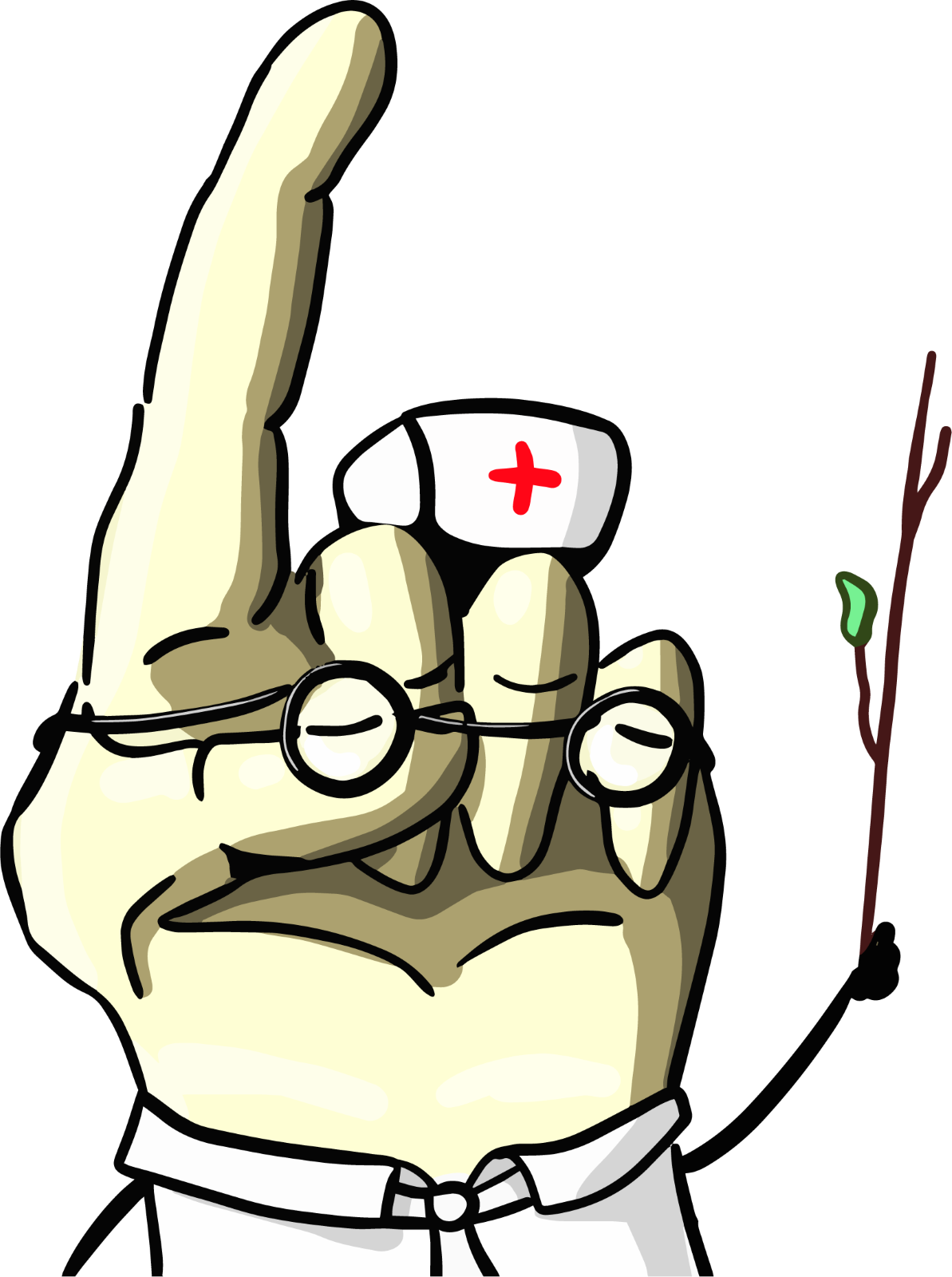
Reiki:
Reiki is a Japanese healing technique developed in the early 20th century, based on the concept of a universal life energy ("ki") flowing through us. Practitioners believe that by channeling this energy through their hands, they can promote physical and emotional healing.
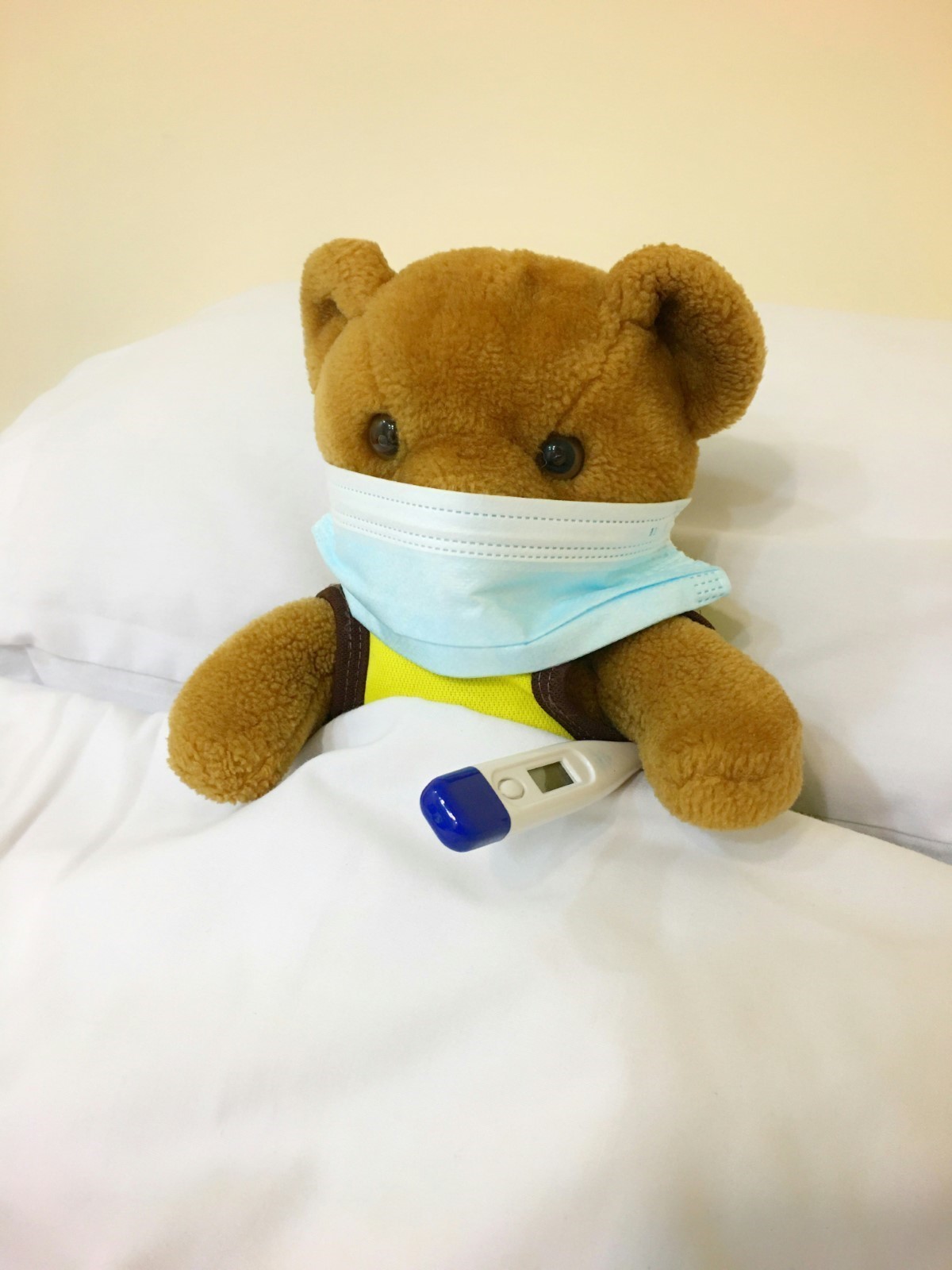
Reported Benefits:
-
Stress Reduction: Many individuals report feeling deeply relaxed and calm after a Reiki session.
-
Pain Relief: Some studies suggest that Reiki may help reduce pain in certain populations.
Scientific Perspective:
Research on Reiki's effectiveness is limited and yields mixed results. Some studies indicate that Reiki is more effective than a placebo in reducing heart rate, blood pressure, and pain levels, suggesting activation of the parasympathetic nervous system. However, other studies attribute these benefits to the placebo effect, and comprehensive scientific validation remains lacking.
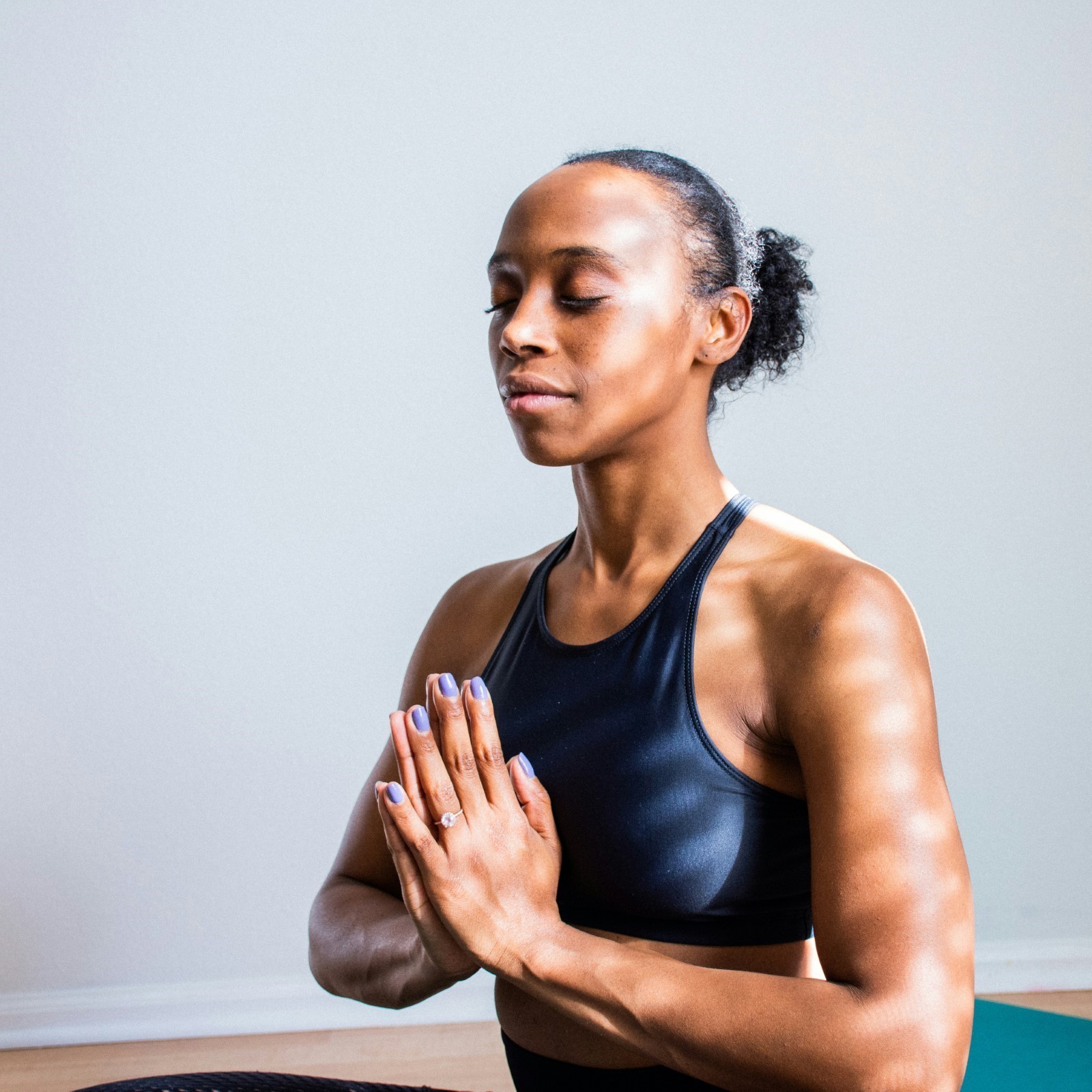
Cupping Therapy:
Cupping therapy is an ancient practice originating from traditional Chinese medicine, involving placing cups on the skin to create suction. This technique is believed to improve blood flow, reduce muscle tension, and promote healing.

Reported Benefits:
-
Pain Relief: Cupping has been used to alleviate musculoskeletal pain, including back and neck pain.
-
Improved Circulation: The suction is thought to enhance blood flow to targeted areas.
Scientific Perspective:
Some studies suggest that cupping therapy may provide relief for certain conditions, such as chronic pain and knee osteoarthritis. However, the quality of evidence varies, and more rigorous research is needed to confirm these findings. citeturn0search11 Additionally, reviews indicate potential benefits for conditions like neck pain and migraines, but emphasize the need for higher-quality studies.
Conclusion:
Both Reiki and cupping therapy offer potential benefits, particularly in pain management and stress reduction. However, scientific evidence supporting these practices is not yet robust, and further research is necessary to fully understand their efficacy. Individuals considering these therapies should consult with healthcare professionals to ensure they complement conventional treatments safely and effectively.
Източници:
Zadro, S., & Stapleton, P. (2022). Does Reiki Benefit Mental Health Symptoms Above Placebo?. Frontiers in Psychology, 13. https://doi.org/10.3389/fpsyg.2022.897312.#
Wang, L., Cai, Z., Li, X., & Zhu, A. (2023). Efficacy of cupping therapy on pain outcomes: an evidence-mapping study. Frontiers in Neurology, 14. https://doi.org/10.3389/fneur.2023.1266712.
Wang, Y., An, C., Song, S., Lei, F., & Wang, Y. (2018). Cupping Therapy for Knee Osteoarthritis: A Synthesis of Evidence. Complementary Medicine Research, 25, 249 - 255. https://doi.org/10.1159/000488707.
Heera, H., & Najar, S. (2021). Prerequisites for Using the Reiki Method in Physical Therapy. Ukraïnsʹkij žurnal medicini, bìologìï ta sportu. https://doi.org/10.26693/jmbs06.04.028.
Wu, L., Chen, Y., Hung, C., Yen, C., Chien, C., Ciou, J., Torng, H., Chang, Y., Hua, S., Lu, P., Liu, Y., Lai, C., Kung, Y., Huang, H., Chen, Z., & Ho, T. (2023). The efficacy and safety of cupping as complementary and alternative therapy for metabolic syndrome: A systematic review and meta-analysis. Medicine, 102. https://doi.org/10.1097/MD.0000000000033341.
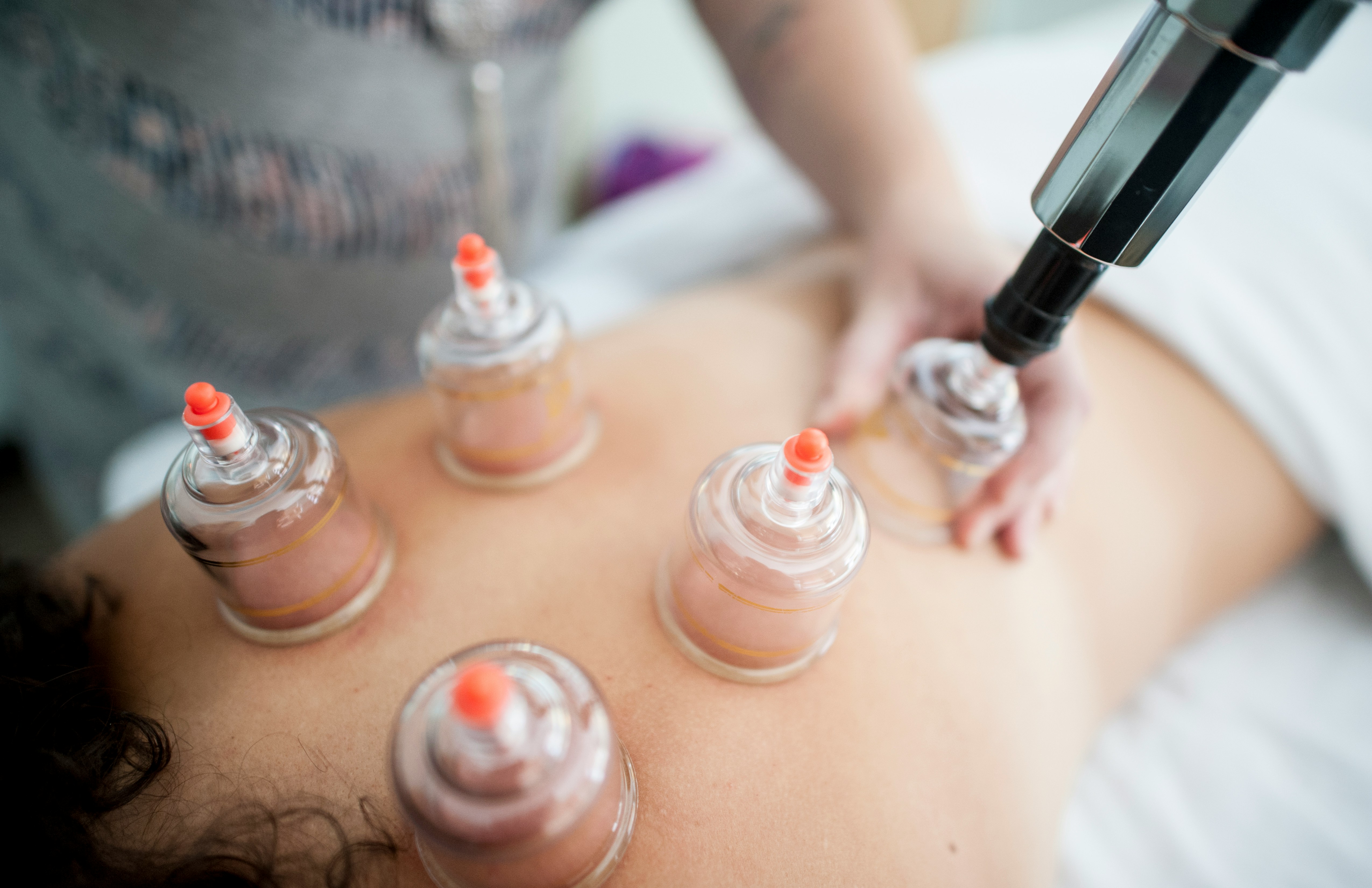


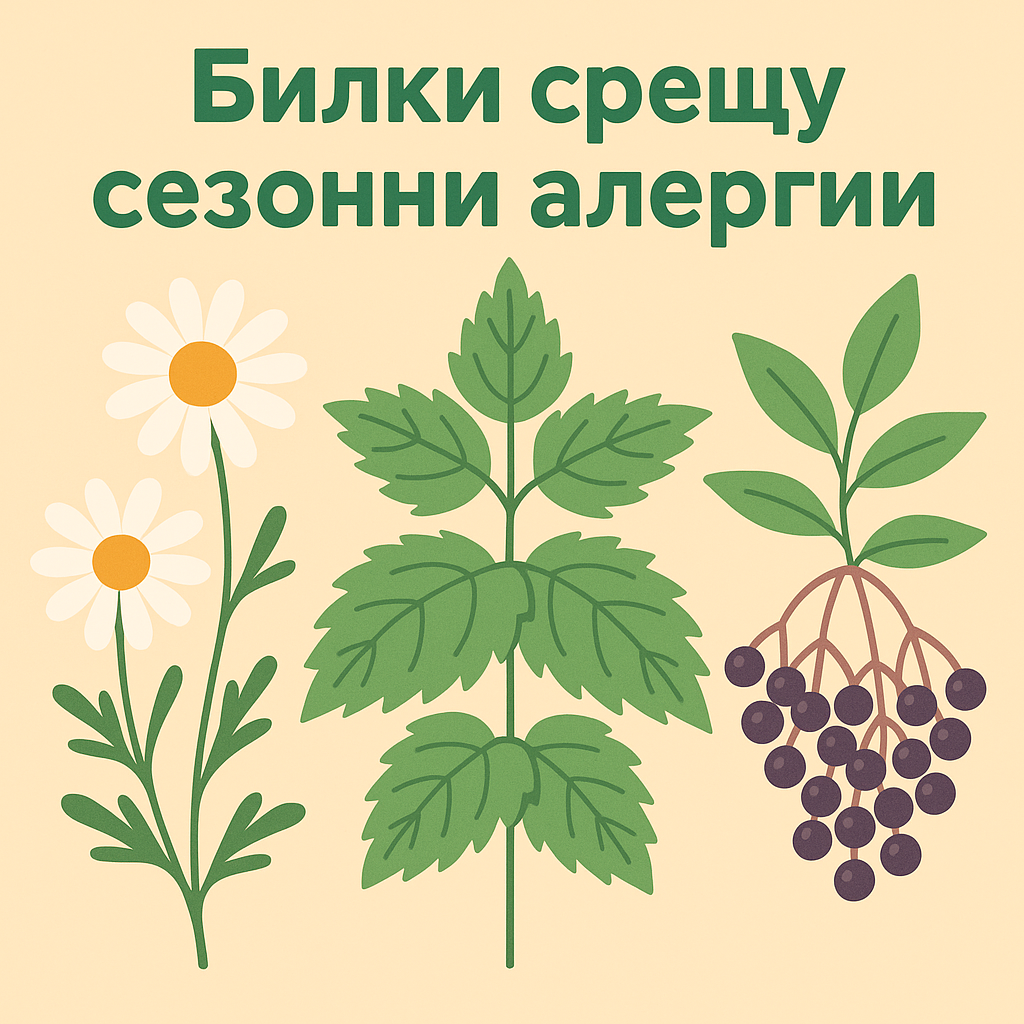
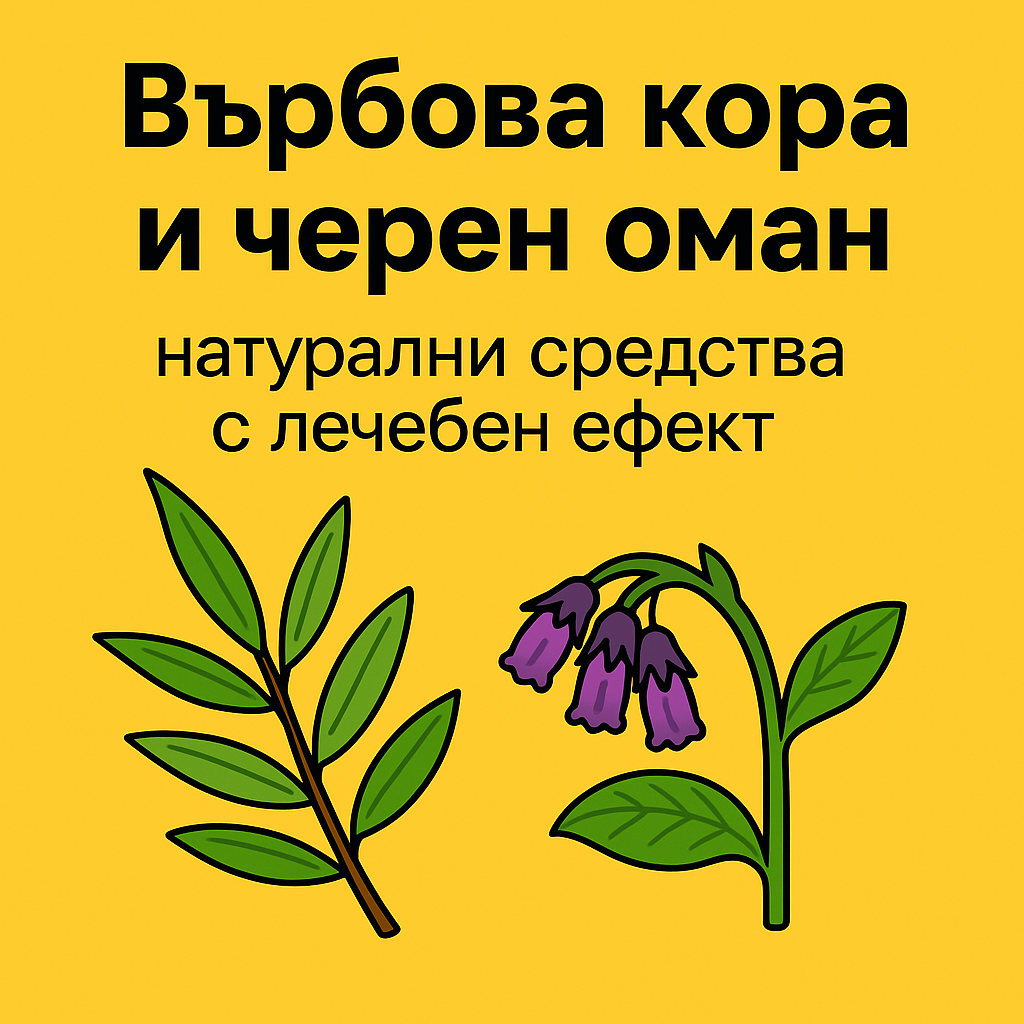
Comments